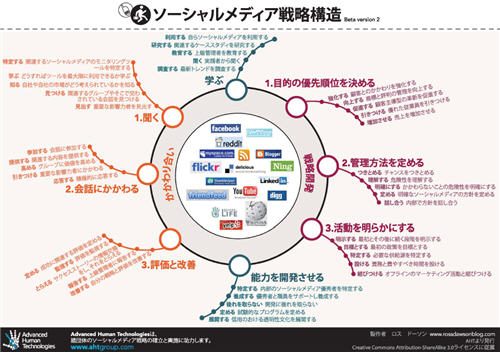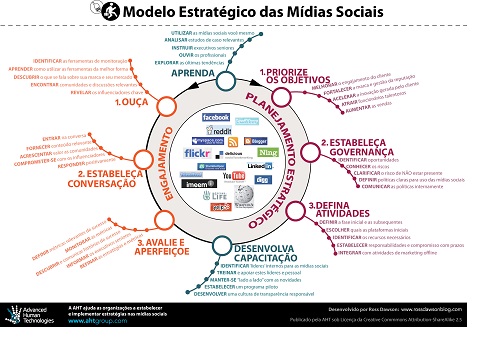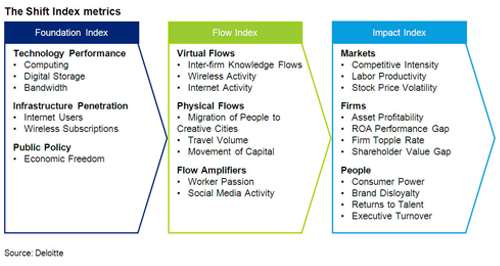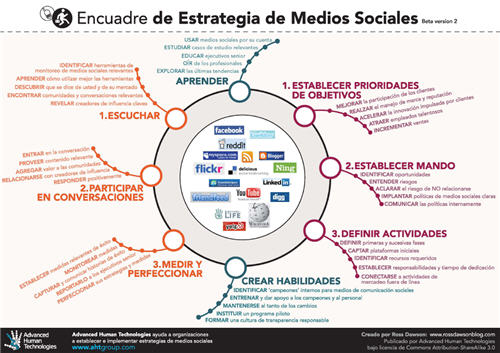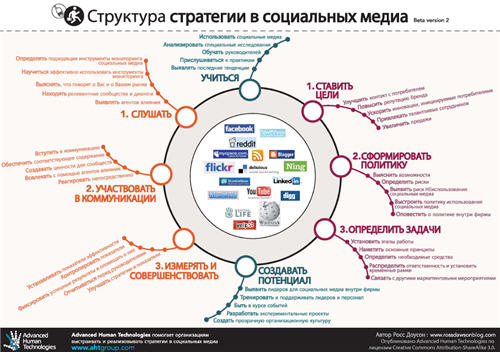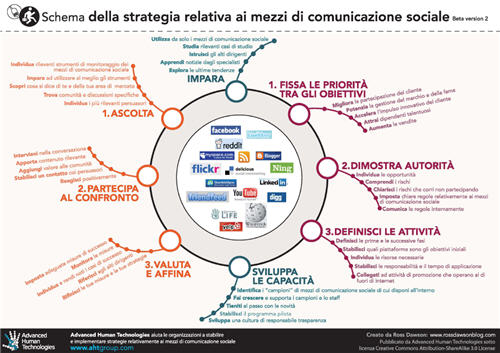Will Spotify crack open the all-you-can-eat music subscription model?
Spotify is one of the hottest online music properties of the moment, currently pushing into the US from its home territory of Europe, where it has over 2 million users in the UK and over 4 million users in the continent. Its founder Daniel Ek recently said that it is doubling revenues every month.
The basic model is providing music streaming from a library of more than 5 million songs, through European deals with all the major music labels plus many independents. Ad-supported free subscriptions are available, or full packages for EUR/GBP9.99 or equivalent per month which include ad-free access and the ability to download over 3,000 tracks to your music player to listen to wherever you are.
Early this decade the all-you-can-eat music subscription model was getting some attention. In my 2002 book Living Networks I wrote:
These twin powerful trends of greater access to content, and increased awareness of quality content, can result in greater revenue for these industries, but new business models are required. For example, US music consumers currently spend on average $60 a year on CDs—equivalent to perhaps four albums. If each of those consumers were given the option to pay $10 per month, and in return get all the music they wanted, it is safe to predict that most would take it up, feel they are getting great value, and the industry would double in size.

